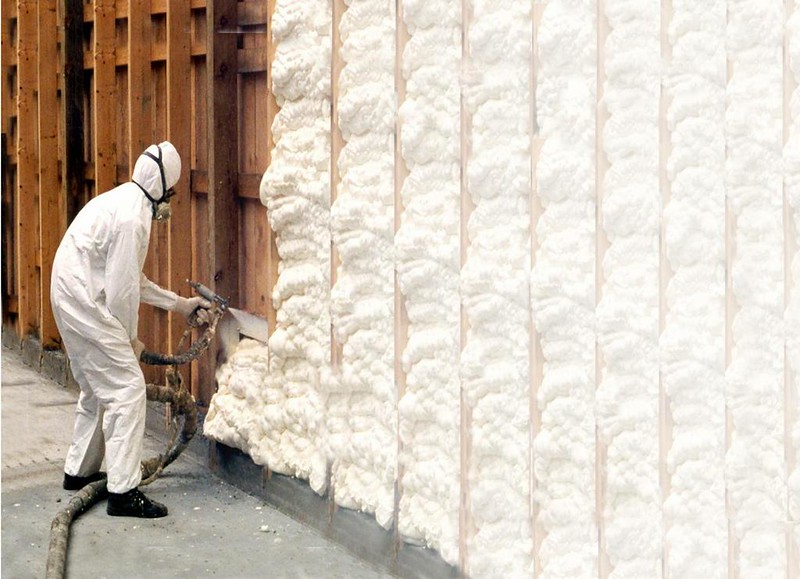How to Evaluate Storm Shelters Prices for Your Home
When severe weather threatens, having a reliable storm shelter can mean the difference between life and death. For homeowners in tornado-prone regions or areas frequently hit by hurricanes, investing in a storm shelter is a crucial safety consideration. However, navigating the market for storm shelters can be overwhelming, especially when trying to understand pricing variations and determine what represents good value. This guide will help you evaluate storm shelter prices effectively so you can make an informed decision that protects both your family and your finances.

Understanding Types of Storm Shelters and Their Price Ranges
Storm shelters come in various forms, each with different price implications. Above-ground safe rooms typically range from $3,000 to $15,000 depending on size and construction materials. In-ground shelters, often installed in garages or yards, generally cost between $2,500 and $10,000. Basement shelters might run from $5,000 to $20,000, while bunkers, which offer extended protection and amenities, can exceed $50,000. The construction material—whether steel, concrete, or fiberglass—significantly impacts the final price. Steel shelters often balance durability with more moderate costs compared to reinforced concrete options, which typically command premium prices but offer exceptional strength.
Factors That Influence Storm Shelters Prices
Several key elements determine the final cost of your storm shelter. Size is perhaps the most obvious factor—larger shelters accommodating more people naturally cost more. Installation complexity also plays a major role; a pre-fabricated above-ground shelter usually involves simpler installation than an in-ground model requiring excavation. Your geographical location affects pricing through both shipping costs and local building code requirements, which may mandate specific features that add to the expense. Additionally, customization options like ventilation systems, backup power, specialized doors, or interior finishing can significantly increase the base price of any shelter type.
How to Choose the Right Storm Shelter for Your Budget
Finding the right balance between protection and affordability requires careful consideration. Start by assessing your actual needs—how many people must the shelter accommodate? What specific threats are most common in your area? Focusing on essential safety features rather than luxuries can save considerable money. For example, while a communications system might be nice, proper ventilation and structural integrity are non-negotiable. Consider timing your purchase during off-season periods when some manufacturers offer discounts. Many companies also provide financing options, making higher-quality shelters more accessible through payment plans. Some municipalities or states offer rebates or tax incentives for storm shelter installation, which can offset costs substantially.
Where to Buy Storm Shelters From: Evaluating Providers
When selecting a provider, prioritize companies with FEMA compliance and appropriate certifications. Reputable manufacturers adhere to ICC-500 standards or National Storm Shelter Association (NSSA) guidelines. Research potential providers through the Better Business Bureau and customer reviews, focusing on companies with established track records. Local providers often deliver advantages through familiarity with regional threats and building codes, plus lower shipping costs. However, national manufacturers may offer more options and potentially economies of scale. Always request multiple quotes for comparison, and be wary of prices that seem unusually low, as these may indicate substandard materials or construction methods that compromise safety.
Key Questions to Ask Before Purchasing a Storm Shelter
Before finalizing your purchase, gather specific information from potential providers. Ask what testing has been performed on their shelters—reputable companies will have third-party verification of their products’ ability to withstand extreme conditions. Clarify warranty terms, including duration and exactly what’s covered. Understand the complete installation process, timeline, and whether permits are included in the quoted price. Confirm maintenance requirements and associated costs, as some shelters need regular inspections or component replacements. Finally, inquire about the expected lifespan of the shelter, as this significantly affects the value proposition of your investment.
Major Storm Shelter Providers in the USA and Their Price Comparisons
When evaluating storm shelter options, comparing leading providers helps ensure you get the best value for your investment. The table below highlights some established storm shelter manufacturers across the United States and their general pricing structure.
| Provider | Shelter Types | Base Price Range | Notable Features |
|---|---|---|---|
| Survive-a-Storm Shelters | Above-ground, In-ground | $3,500 - $12,000 | FEMA-compliant, nationwide shipping |
| Atlas Safe Rooms | Above-ground | $4,500 - $20,000 | Custom sizes, tested to withstand EF5 tornados |
| American Storm Shelter | Underground, Safe rooms | $3,000 - $9,000 | Lifetime warranty, rust-resistant materials |
| Flat Safe Tornado Shelters | In-garage, Underground | $3,800 - $7,500 | Quick installation, ADA-compliant options |
| Oklahoma Shelter Company | Concrete, Steel | $2,800 - $8,500 | Impact-tested doors, multiple size options |
| Safe Sheds | Concrete safe rooms | $6,000 - $14,000 | Fire-resistant, security features |
Prices, rates, or cost estimates mentioned in this article are based on the latest available information but may change over time. Independent research is advised before making financial decisions.
Making Your Final Decision on a Storm Shelter Investment
After gathering all relevant information, weigh each option’s complete value rather than focusing solely on the initial price tag. Consider long-term factors like durability, maintenance costs, and resale value impact. Remember that the primary purpose of a storm shelter is protection during life-threatening weather events—compromising on essential safety features to save money could have devastating consequences. Many homeowners find that financing a higher-quality shelter offers better long-term value than selecting the lowest-cost option. Finally, verify that your homeowner’s insurance recognizes your shelter installation, as this may qualify you for premium discounts that partially offset your investment over time.




